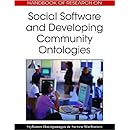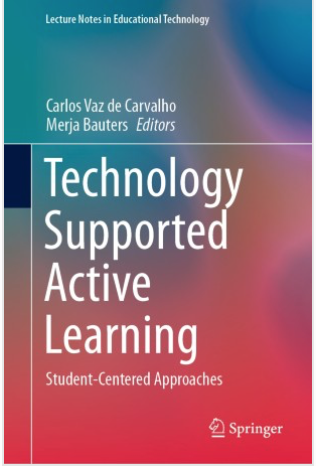From”hypertext city”:
http://www.christianhubert.com/hypertext/hypertext_city.html
About spatiality of hypertext…that might be of interest in new augmented reality spaces.
As a conceptual framework, Hypertext provides a specific means of configuring issues surrounding the confrontation of cyberspace and the city. Hypertext is the mode of writing that articulates the sociality of the network, that promises democratization and the empowerment of the individual, and that rearticulates themes that writing and the city have been seen to share: in the construction of memory, in the relation between movement and the subject, and in the production of space through abstraction and narrative.
How is hypertext spatial?
In a certain sense, hypertext does not seem spatial at all, at least not in three dimensions. It is not meant to be anything other than text on the screen, and it shares two-dimensional design issues (eg: typography) with word-processing programs, the history of which can be traced from manuscript production to the printed book. Unlike word-processing, however, where the computer is fundamentally being used as typewriter, and where the ultimate product is meant to be a printed document, hypertext applications are meant for computer display only. The monitor display often appears as a number of overlapping boxes, similar to any display of more than one open document. The fundamental unit of text in hypertext has been called a writing space (by Bolter), but other theorists of the medium call it a lexia, borrowing the term from Roland Barthes. The writing space itself appears as a “box” both literally and metaphorically. It is a variable sized rectangle, which generally resizes text to fit its proportions, and serves the function of boxes: to store and make retreivable its contents within a generic and neutral container. The writing space can also be thought of as a “room”.
The way in which hypertext differs more radically from printed text is through “links”. The spaces, or fragments of text within them, can be linked to other bits of text, and these links can be followed through some simple means such as double-clicking on the mouse. The links are established by the author / reader, and remain attached to the text, even when it is moved around. The experience of this instanteous movement is what makes hypertext more convincingly spatial and provides the basis for the metaphor of navigation within the space of the whole document. Reading is transformed into itinerary, with landmarks, and intersecting paths.
From Peter Brusliovsky
http://jodi.tamu.edu/Articles/v03/i01/Brusilovsky/
We have developed the KnowledgeSea system to help the user navigate from lectures to relevant tutorial pages and between them.
The core of KnowledgeSea is a two-dimensional map of educational resources (Figure 1). Each cell of the map is used to group together a set of educational resources. The map is organized in a way that resources (Web pages) that are semantically related are close to each other on the map. Resources located in the same cell are considered very similar. Resources located in directly connected cells are reasonably similar, and so on. The map is built using a neural network technology described in the next section. Each cell displays a set of keywords that helps the user locate the relevant section on the map. A cell also displays links to �critical� resources located in this cell. Critical resources are those under user consideration, which thereby serve as origin points for horizontal navigation.
Spatial hypertexts allow the user to express the relationships and context of the information in a more flexible way than traditional linking mechanisms. In spatial hypertexts the relationship between pieces of information is expressed by using their relative location in a two-dimensional space. A clear advantage of this kind of hypertext is the possibility of expressing constructive ambiguity, which allows the user to create weak links between two pieces of information placing them near but not quite next to each other. Two nodes very close are otherwise linked in the strongest way. Another important advantage of spatial hypertext is that user navigation can be supported by visual memory and pattern recognition.















